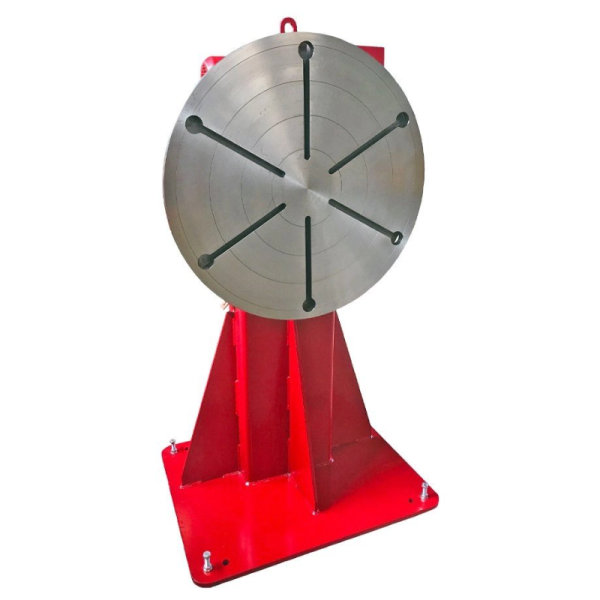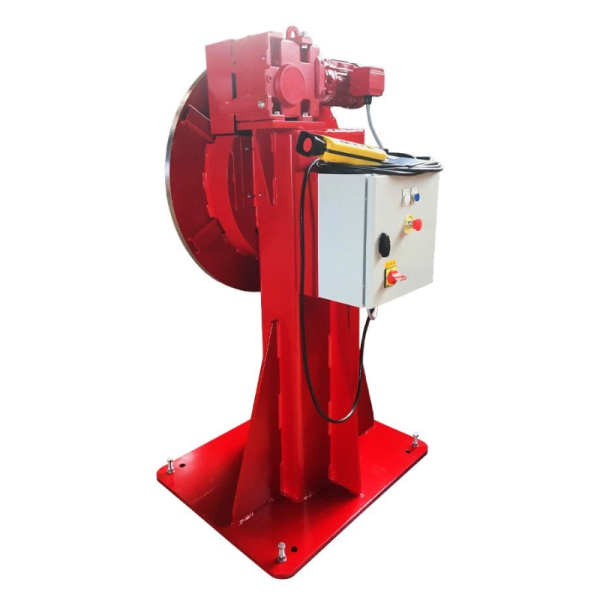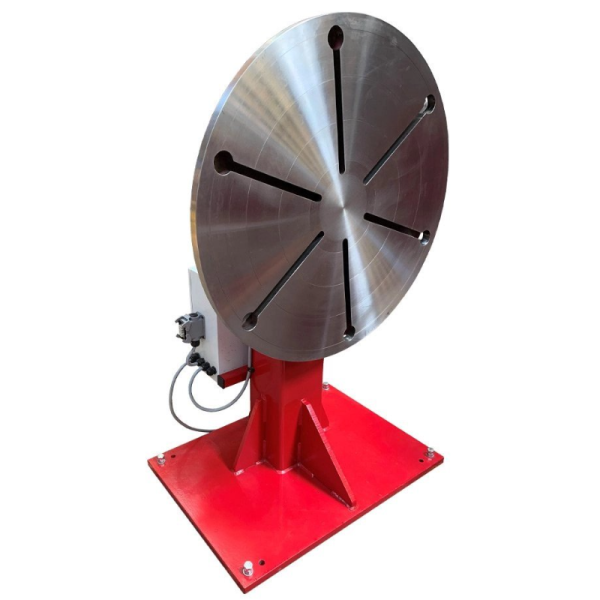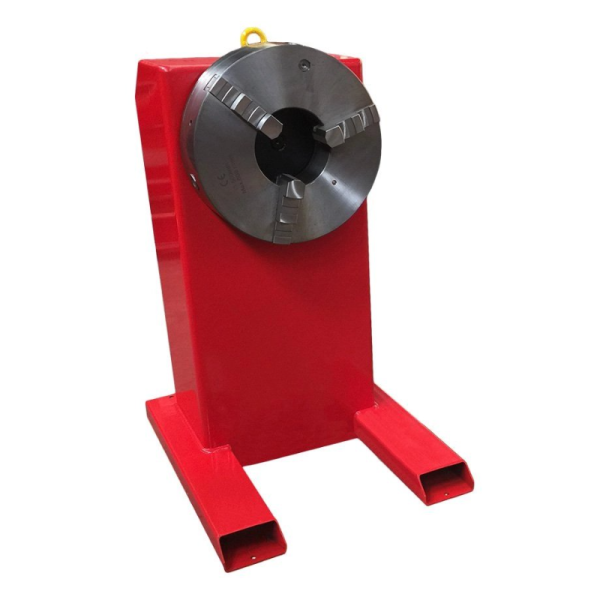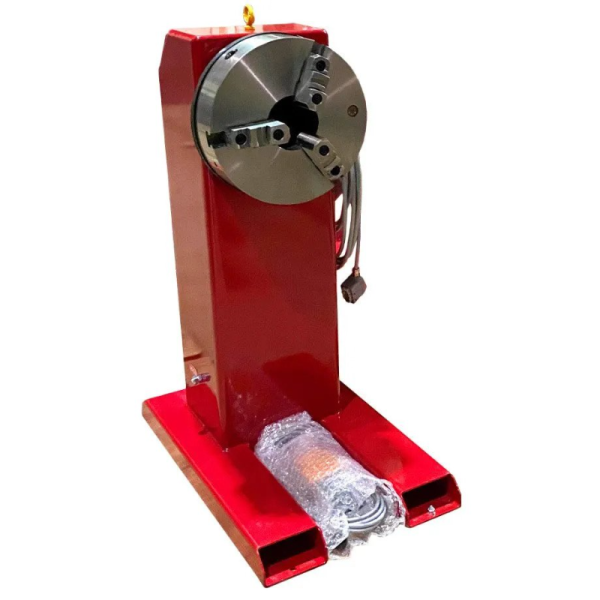Welding Headstocks and Tailstocks
Welcome to our comprehensive collection of welding headstocks and tailstocks, the indispensable components that form the backbone of precision welding. In the world of welding, achieving accuracy, stability, and efficiency is paramount, and these sturdy and reliable tools are designed to deliver just that. Whether you are a seasoned professional or a passionate hobbyist, our range of welding headstocks and tailstocks is engineered to cater to all your welding needs, providing you with the ultimate level of control and performance.
What are Welding Headstocks and Tailstocks?
Welding headstocks and tailstocks are essential accessories in the field of welding, particularly in applications requiring rotational or positional movement of workpieces. They are primarily used in conjunction with welding positioners and manipulators to provide support and control for cylindrical or irregularly shaped workpieces, ensuring optimal welding results.
A welding headstock is a fixed or adjustable device that securely holds one end of the workpiece while allowing controlled rotation or positioning. On the other hand, a welding tailstock acts as a supporting counterpart, holding the opposite end of the workpiece firmly in place during welding operations. Together, they create a stable and well-aligned setup that enables welders to access all areas of the workpiece with ease, resulting in consistent weld quality and reduced operator fatigue.
Common Uses of Welding Headstocks and Tailstocks:
-
Pipe Welding: In pipe welding applications, welding headstocks and tailstocks are frequently employed to handle long and heavy pipes. By supporting the pipes at both ends, welders can rotate and manipulate them to access various angles, ensuring precise and continuous welds along the entire length.
-
Tank and Vessel Welding: Welding large tanks and vessels can be challenging without the assistance of welding headstocks and tailstocks. These tools facilitate the rotation and positioning of the workpiece, allowing welders to apply uniform and controlled welds on curved surfaces.
-
Cylinder Fabrication: Cylindrical components, such as cylinders and shafts, demand precise welding techniques. Welding headstocks and tailstocks are instrumental in this process, as they enable rotation and adjustment, making it easier for welders to work around the entire circumference.
-
Structural Fabrication: When constructing complex structures, welding headstocks and tailstocks simplify the welding process, reducing the time and effort required to achieve accurate welds in hard-to-reach areas.
-
Automotive and Aerospace Industries: Welding headstocks and tailstocks play a crucial role in the fabrication of automotive and aerospace components, such as exhaust systems, engine parts, and aircraft frames. They ensure consistency and precision in welding, meeting the stringent quality standards of these industries.
Frequently Asked Questions (FAQs) about Welding Headstocks and Tailstocks:
1. What are the key features to consider when choosing welding headstocks and tailstocks?
When selecting welding headstocks and tailstocks, several key features should be taken into account:
-
Load Capacity: Consider the maximum weight and size of the workpieces you will be welding. Choose headstocks and tailstocks that can handle the load requirements to ensure stability and safety during operations.
-
Adjustability: Opt for models with adjustable height, width, and angle options to accommodate various workpiece sizes and welding positions.
-
Rotational Speed and Torque: Check the rotational speed and torque specifications to ensure they match the requirements of your welding applications.
-
Construction and Build Quality: Look for durable materials and robust construction to ensure longevity and withstand the demands of heavy-duty welding tasks.
-
Compatibility: Ensure compatibility with your existing welding positioners and manipulators to create a seamless and efficient welding setup.
2. Can welding headstocks and tailstocks be used with different welding processes?
Yes, welding headstocks and tailstocks are versatile accessories that can be used with various welding processes, including MIG (Metal Inert Gas), TIG (Tungsten Inert Gas), and SAW (Submerged Arc Welding). They are equally effective in manual welding and automated welding systems.
3. How do welding headstocks and tailstocks contribute to welding efficiency?
Welding headstocks and tailstocks significantly enhance welding efficiency in multiple ways:
-
Improved Precision: By providing a stable and controlled setup, welders can focus on achieving precise welds without worrying about workpiece movement.
-
Reduced Downtime: These tools expedite the welding process, as they allow continuous rotation and manipulation of workpieces, minimizing the need for frequent repositioning.
-
Enhanced Weld Quality: The consistent rotation and positioning made possible by welding headstocks and tailstocks ensure uniform welds and reduce the chances of defects.
-
Increased Productivity: Welders can work faster and more efficiently with the support of headstocks and tailstocks, increasing overall productivity.
4. How do I maintain welding headstocks and tailstocks for optimal performance?
Proper maintenance is essential to ensure the longevity and performance of your welding headstocks and tailstocks. Here are some maintenance tips:
-
Regular Inspection: Periodically inspect the components for signs of wear, damage, or misalignment. Address any issues promptly.
-
Lubrication: Keep all moving parts adequately lubricated to reduce friction and enhance smooth operation.
-
Cleaning: Remove any welding spatter, debris, or dust from the headstocks and tailstocks after each use to prevent contamination and maintain their functionality.
-
Storage: Store the equipment in a clean and dry environment when not in use to prevent corrosion and damage.
Conclusion:
In conclusion, welding headstocks and tailstocks are indispensable tools in the welding industry, empowering welders with precision, control, and efficiency. Their ability to support and manipulate workpieces during welding operations significantly contributes to achieving high-quality welds in various applications, from pipes and tanks to structural components in diverse industries. By choosing the right welding headstocks and tailstocks that align with your specific needs and welding processes, you can unlock the full potential of these essential welding accessories, leading to exceptional welding results and improved productivity. Explore our extensive collection of welding headstocks and tailstocks today and take your welding projects to the next level!

